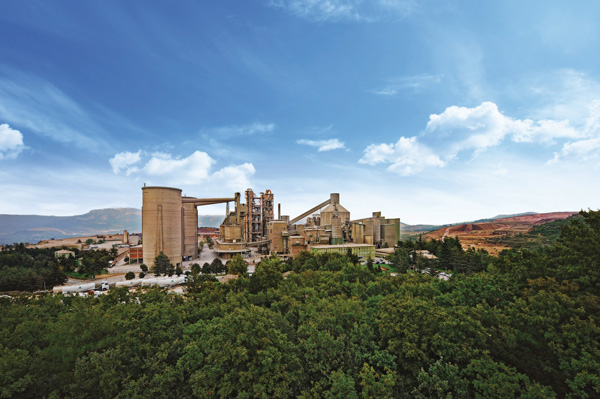Advanced grinding technology to reduce CO2
Dr Michael Clark considers the role of grinding technology in reducing clinker content but retaining the cement strength class.

The first industrial installation of a polysius® booster mill was at Bursa Cimento, Turkey
In the last two Technical Forum articles, we have seen the imperative and challenge to reduce emissions associated with cement manufacture and that the major cement companies recognise this imperative and intend to rise to the challenge.
To date the most effective and popular way to reduce the CO2 associated with manufacturing cement has been to reduce the clinker content, as CO2 is only associated with clinker production. Clinker is substituted with other supplementary cementitious materials (SCMs), such as granulated blastfurnace slag (GBS), pulverised fly ash or natural pozzolan, or with fillers such as limestone. It is the best strategy because it addresses both segments of the CO2 in clinker – the CO2 from fuel combustion and the CO2 from the calcination of the calcium carbonate (CaCO3) in the kiln feed.

